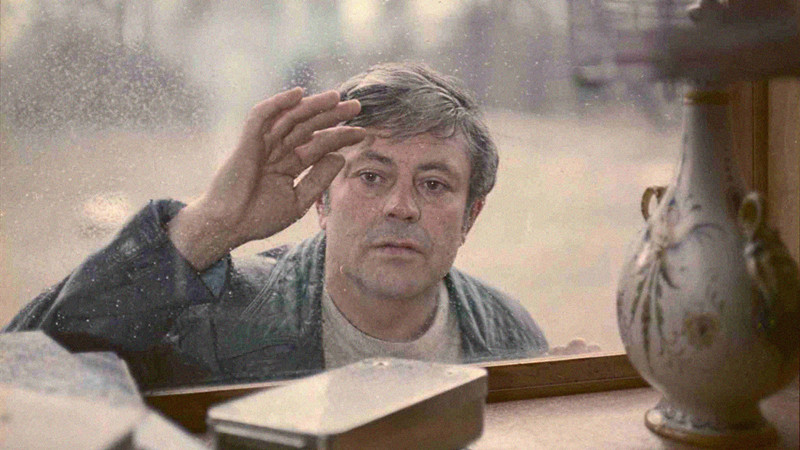
When we think of poetic movies, we think of Terrence Malick, Andrei Tarkovsky or Béla Tarr. These directors can convey the beauty of their narratives through techniques that are specifically cinematic. But like traditional literary poetry, the themes and stories presented by their creators can upset the viewer. What we often dismiss is that poetry can be found in pictures or narratives that haunt us.
This list tries to expose why some of the tougher aspects in the mentioned movies can be beautiful and poetic. When discussing something that is disturbing, it’s easy to mention a plethora of horror movies that may be disturbing, but the main problem with most of the blockbusters in this genre is that they often dismiss the importance of a greater impact on the viewer.
It’s easy to make a movie with a lot of cheap scares, but hard to make a movie that may have the gimmicks that define a genre and still have a lasting impression. The reasoning behind such impact should be in the cinematic method with which a movie’s (preferably) relevant themes are tackled.
This list is not meant to take credit from horror movies, but more to emphasize how poetry in movies can be disturbing and how genre stunts have little to do with perceiving something in a movie that is disconcerting.
1. Nosferatu the Vampyre
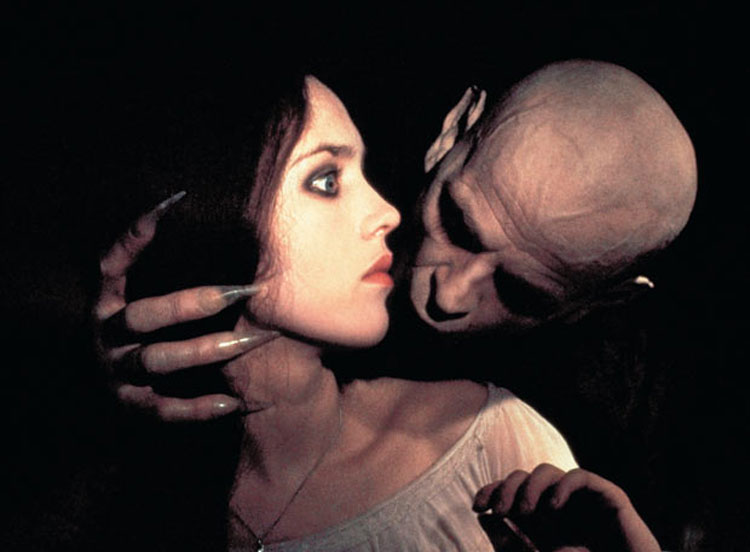
In a remake of arguably one of the most important movies of all time, Werner Herzog creates a new cinematic landscape of what really is “Nosferatu” (1922). As previously mentioned, despite the presence of the infamous character of Count Dracula and the vampiric themes, it is hard to categorize “Nosferatu the Vampyre” as a horror movie in the traditional sense. There are no genre tropes within the movie’s disturbing aspect.
The whole movie may well be one of the greatest examples on how to create anticipation and atmosphere through apparently just picturesque shots. The way Herzog shoots the landscape during Jonathan Harker’s (Bruno Ganz) expedition is reminiscent of how romantic poets described the landscape: strong and awe-inspiring. And while being incredibly beautiful, even the color palette chosen by the director indicates that these are not just scenic shots: these are shots of a voyage through a harsh land leading us with Jonathan’s encounter with something fundamentally evil.
The story of Dracula stays in this movie mostly as it was in the book, a traditional encounter of good and evil with the subversive sexuality of the characters implicit throughout the narrative.
In this movie, it should be clear that what Klaus Kinski did as Count Dracula is as strong as what Max Schreck did as Count Orlok in the original piece. He gives arguably one of the best performances of his career and works beside Isabelle Adjani (as Lucy Harker) with a restrained and subtle performance that emphasizes the importance of innocence and corruption in the narrative.
These aspects combined, with the incredible cinematography of Jörg Schmidt-Reitwein and performances by the cast, “Nosferatu the Vampyre” stands as one of the most poetic movies ever shot, with as every bit of beauty and eeriness.
It is not only a great homage to the original 1922 classic, but a lyrical love letter to everything it represented. It is every bit as scary as most horror movies while utilizing cinematic techniques in a unique romantic fashion, resulting in an exquisite illustration of Bram Stoker’s Dracula’s essential values.
2. Anomalisa
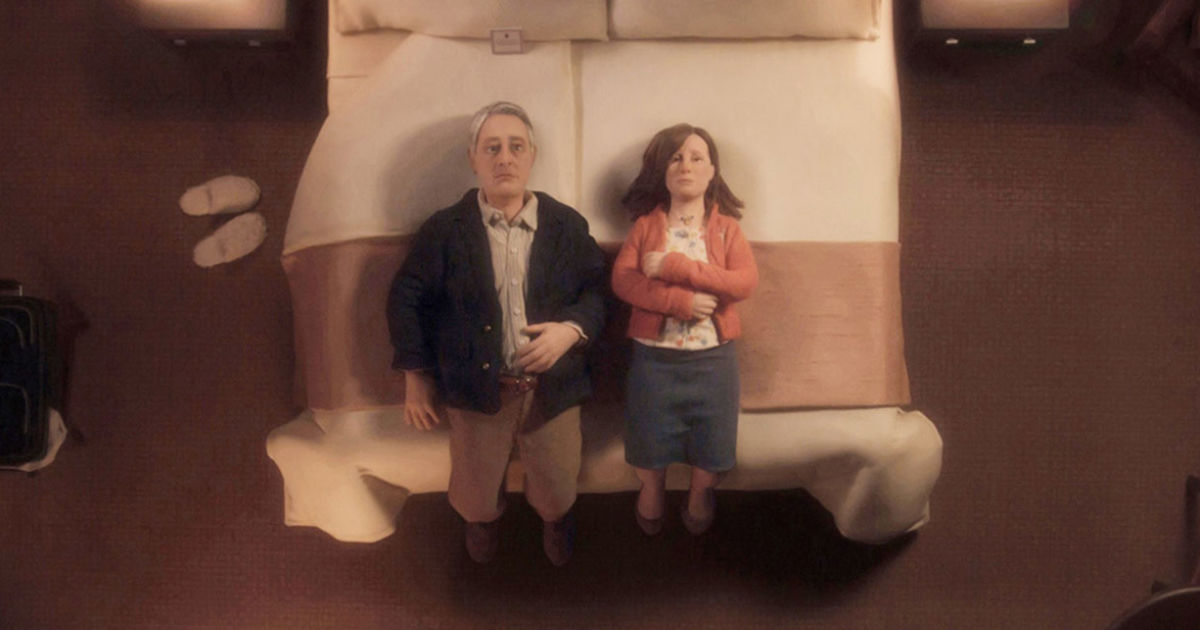
“Anomalisa” is the most recent movie on the list, but is already one of the most incredibly understanding movies ever written. Charlie Kaufman hits us again with a brilliantly written piece of work that, though it’s animated, is more humane than most of the movies out there.
This is an interesting one to put in this category because it’s hard to see the lyrical value of the movie if you are really enthralled by the characters and the dialogue. But the puppeteering in this movie directed by Duke Johnson is as responsible for the impact of the movie as Kaufman’s writing, despite sadly being overshadowed by Kaufman’s name.
The decision-making process in the creation of the puppets was really fascinating. They ended up being so simplistic as you can even see the joints of the puppets, and that gives a palpable realism that contrasts with the movie being an animated feature (a supposed “illusion”) that itself contrasts with the superhuman abilities of Kaufman in understanding and describing the human condition.
It is a hilarious movie with a lot of great moments that involve artistry, not only regarding the puppets and the writing, but the cinematography and soundtrack itself all work together in creating cinematic candy for the senses. It is also a movie that can leave you second guessing about your life, and not always in a good way.
The way the movie works is that you really relate to Michael’s (David Thewlis) life, and probably if you are a middle-aged man, this movie will leave you anxious, because as I mentioned, it is an animated feature that (thinks it) understands you better than yourself, and which may give you a hard time sleeping at night. Having that said, it is one of the best movies of 2016, was criminally snubbed at the Oscars, and further proof that Charlie Kaufman is one of the best screenwriters of our generation.
3. Under the Sun of Satan
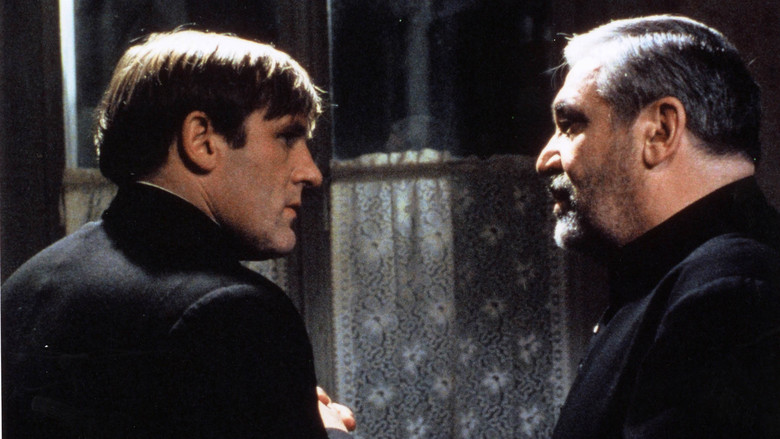
One of the most controversial Palme d’Or winners makes the list with its deeply disconcerting religious anxieties. Controversial mostly because of its competitors at the 1987 competition (with “The Belly of an Architect” and “Wings of Desire” as strong competitors of the movie) and its pacing, which in all honesty, if you are not in the mood for a slow (but still unnerving and impactful) exercise on a debate of faith, can be a little bit daunting.
While the influences by the master Robert Bresson are clear (particularly by the movie “Diary of a Country Priest” in 1951), the merit of the movie relies on a plane all its own. Maurice Pialat relies on a color palette that is very gloomy and moody that matches the abundance of interior shots and minimalist design, and provide a real feeling of the privacy and inner struggle of his characters. This particular aesthetic makes it age incredibly well comparing it to other ‘80’s movies.
There is a deep spiritual feeling throughout the whole of the movie, even though when something miraculous or fantastical actually appears, it is every bit as human as everything else in the movie. The appearance of the devil has a lyrical feel to how simplistic it is represented (again, Pialat with the Bressonian influence), as well as the final act of the movie with the so-said miracle.
The actors do a great subtle job transmitting maximum humanity and tranquility, even when we observe our main character Donissan (Gérard Depardieu) in a scene of auto-flagellation, or when we observe the murder of one of Mouchette’s (Sandrine Bonnaire) lovers. Pialat himself plays the character of the high priest who has a fragile relationship with Donissan regarding faith and dedication to such faith.
Despite its upsetting ending, the movie does not entirely answer its main questions. Nevertheless, the way it conjures its ideas should be remarked upon, as it is one of the most underrated Palme d’Or winners. Its beautiful visuals combined with a complex story of the religious and spiritual, developed through a fragile ecclesiastical atmosphere, will leave you both distressed and impressed.
4. The Third Part of the Night
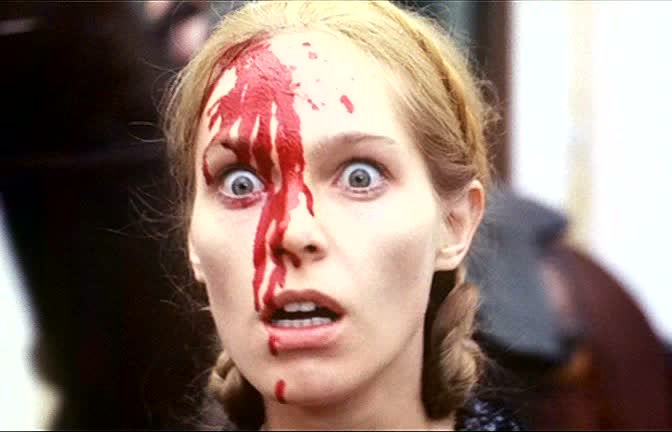
The debut movie by the notorious Polish director Andrzej Żuławski stands as one of his best movies, even though it’s probably his most underrated and lesser-known. It is probably the least hysterical of Żuławski’s movies, but still maintains the disturbing and shocking elements that brought fame to the director.
The movie relies on the real-life horrors of war to present its shocking imagery. The more violent images in the movie, though, are completely charged with political messages, something that is unique to this movie regarding Żuławski’s filmography. Proof of such commentary is the obvious symbolism of the experiments with parasites with the Soviet control over Poland after World War II, and all of the terror with the actual Nazis in the movie as its counterpart, both equally destructive in the director’s eyes.
One thing that Żuławski accomplishes already with his first movie is his directing of actors. All of these actors are really young or are at least amateur actors, and they are working in a limbo of realism and surrealism (very typical of contemporary Polish movie) that really works to evoke the nightmarish atmosphere of the movie.
It must be mentioned that this is probably the most violent and twisted movie by Żuławski, and if you are familiar with “Diabel” (1972) or the acclaimed “Possession” (1981) you know that is saying a lot.
It is not a movie for the squeamish and it is definitely the most graphic movie on this list regarding violence. Having that said, it is beautifully filmed. The camerawork is really impressive for its time and really frenetic, something that would influence future movies from Poland in the ‘70s and something that was influenced by the uprising of Polish arthouse movies before its release.
Winding up, this is an interesting work in Żuławski’s filmography. It works on a political level; it works with its shock value, with its symbolism, with its frenetic cinematography and camerawork, and overall, with the oddly lyrical beauty and innovative aesthetics.
5. The Ballad of Narayama
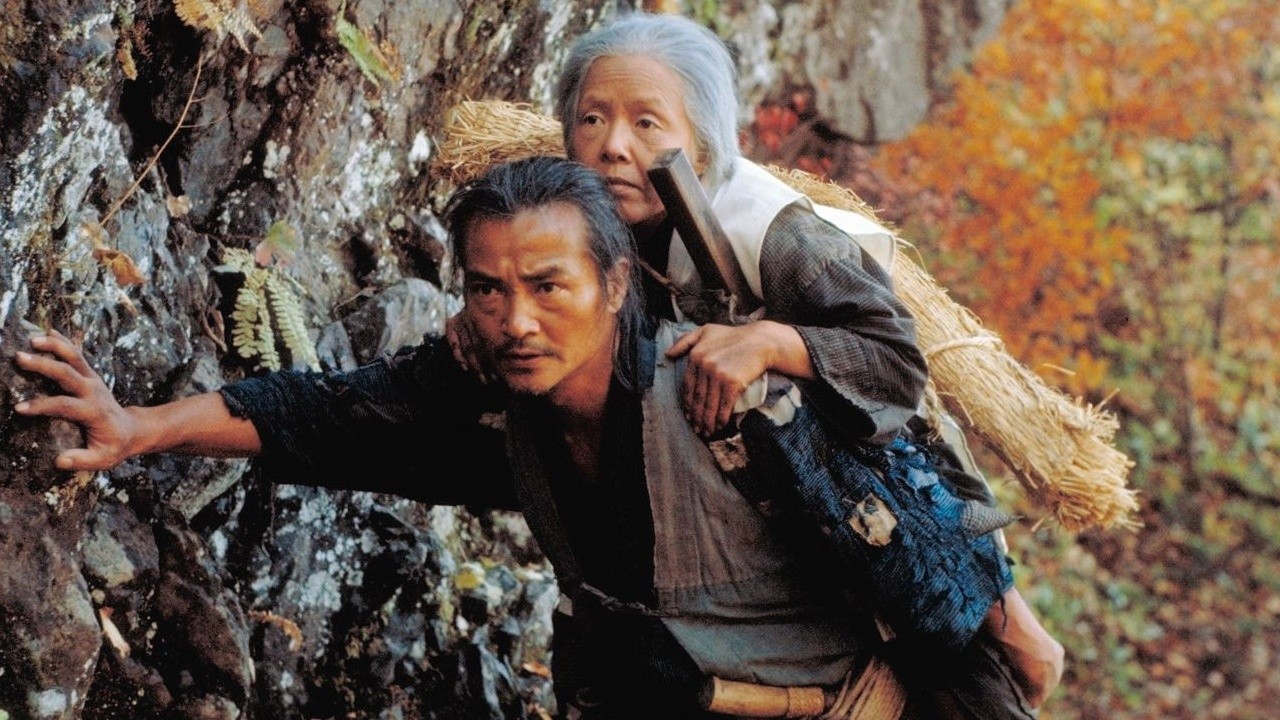
The only Japanese entry on the list is another remake of a classic, this time a re-creation of the Kabuki-inspired “The Ballad of Narayama” (1958) which by itself was an adaptation of a novella by Shichirō Fukazawa with the same name.
Created by arguably one of Cannes Film Festival’s favorite directors, Shôhei Imamura (with five Palme d’Or nominations and three wins, including this particular movie), this work moves the viewer with its whimsical characters that can quickly turn the mood of the movie from a light family comedy to a shocking, grotesque depiction of the life in a 19th century Japanese village.
Imamura created complex dynamics, introducing the viewer to really well-developed characters in a warm family environment, and juxtaposes this familiar warmth with the rough systems and values that guide village life. The movie is about the life of a family in which every member has some unsolved problem. The problem is that the old matriarch of the family, Orin (played delightfully by Sumiko Sakamoto) is getting old, and there is a tradition in the village of ubasute. With her being the main stabilizer of the family, the movie follows her solving her family’s problems while preparing, without the family’s approval, for her departure to the mountain.
When asked about the story, Imamura joked that he initially thought about starting the movie with a family taking their old grandma to a nursing home up a hill in modern Japan, and then showing up the title screen saying “The Ballad of Narayama.” This says a lot about the intentions of the director when creating the movie and presenting yet again this particular story.
This movie goes a step further than other movies that go for this type of commentary. It ends up being way more shocking in, for example, a scene on justice against a family that stole from another family’s house, than in the movie’s inevitable ending.
It goes beyond its original source material (being it the 1958 movie or the novella) and does it in a well-accomplished manner, in which apparently scenic shots of animals (rats eating snakes and snakes eating rats, for example) and the environments say a lot more about the plot itself than its charming characters may initially transmit. It’s gorgeous with a subversive but incredibly relevant underlying message.